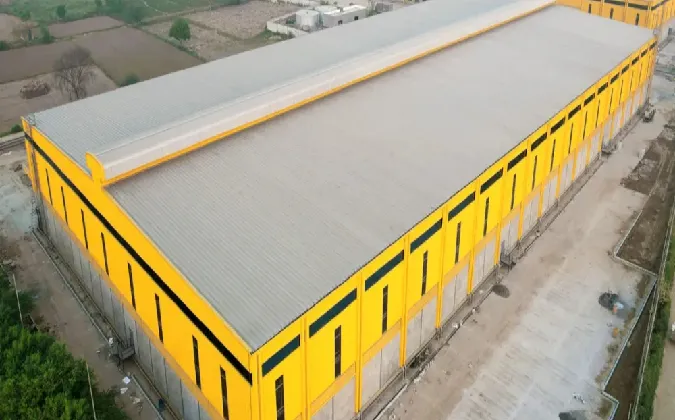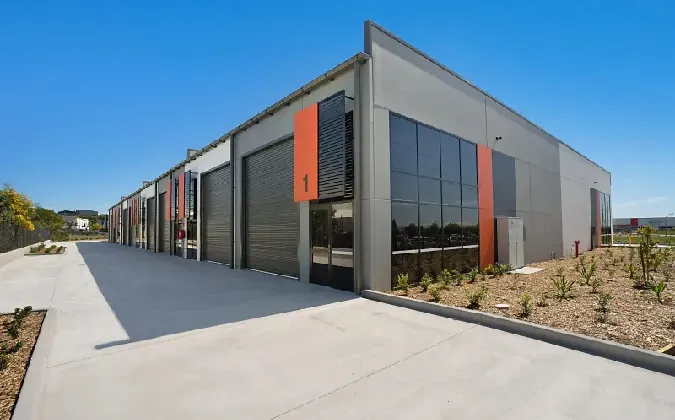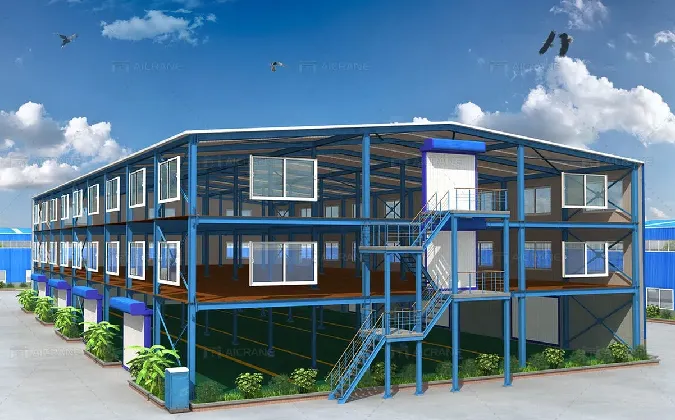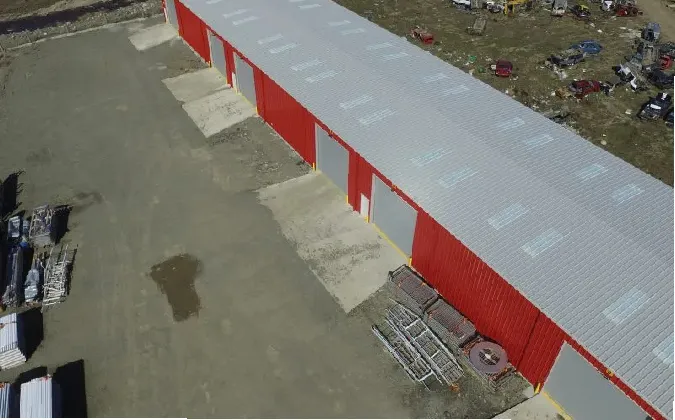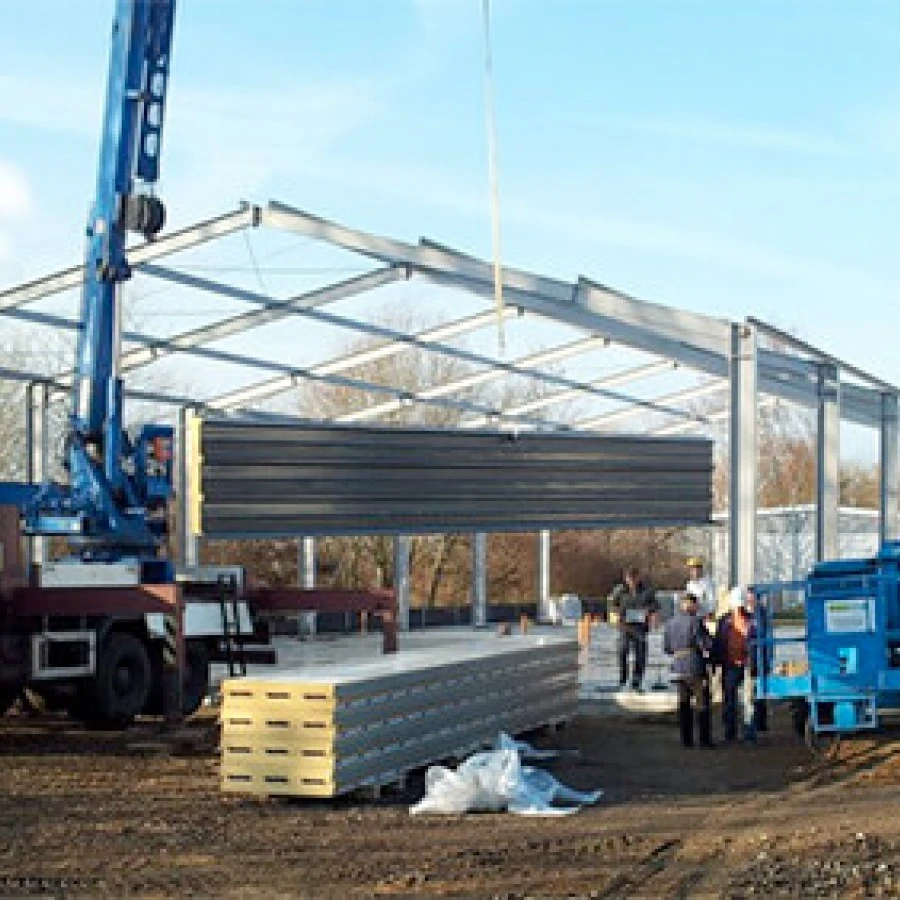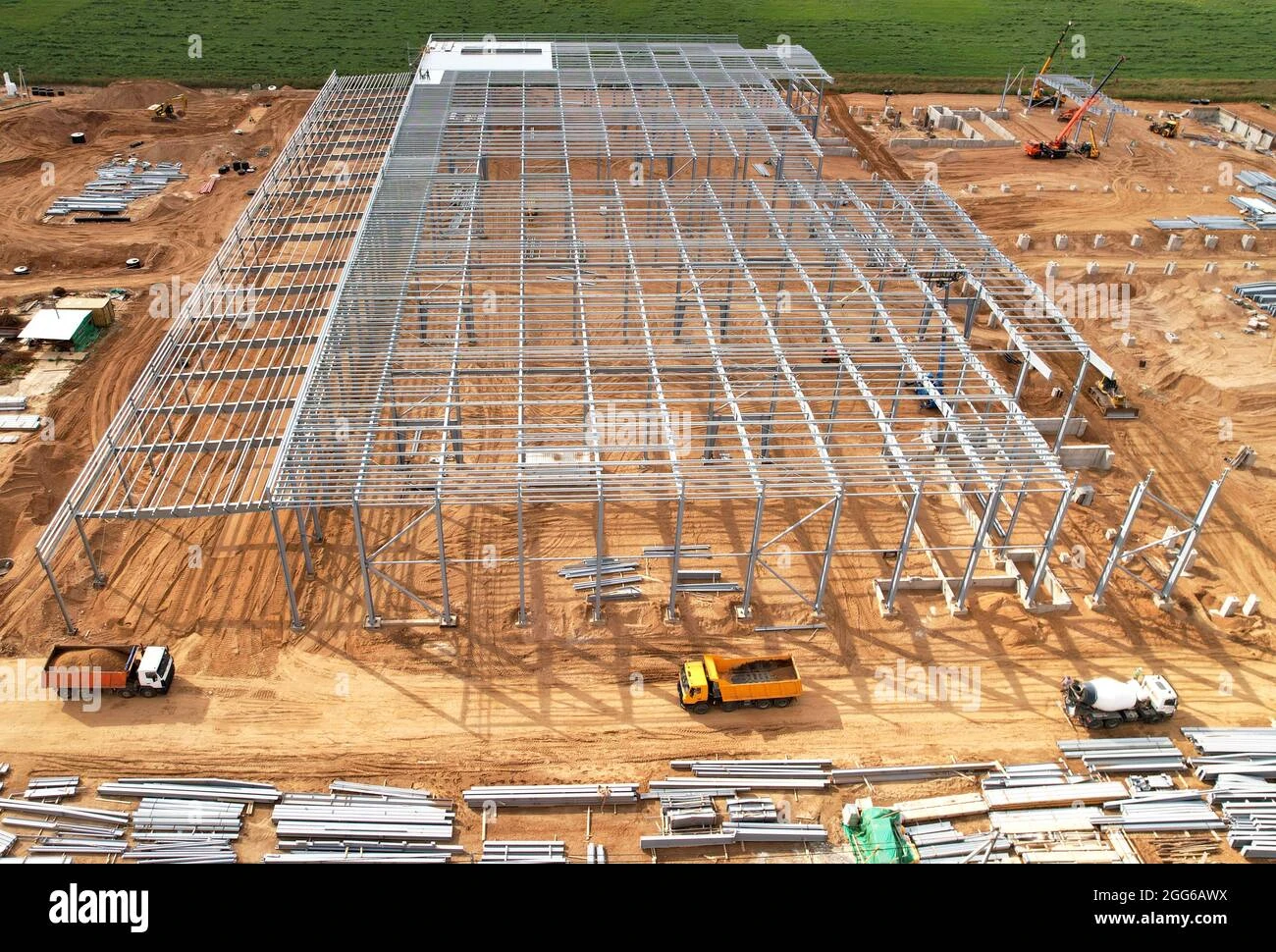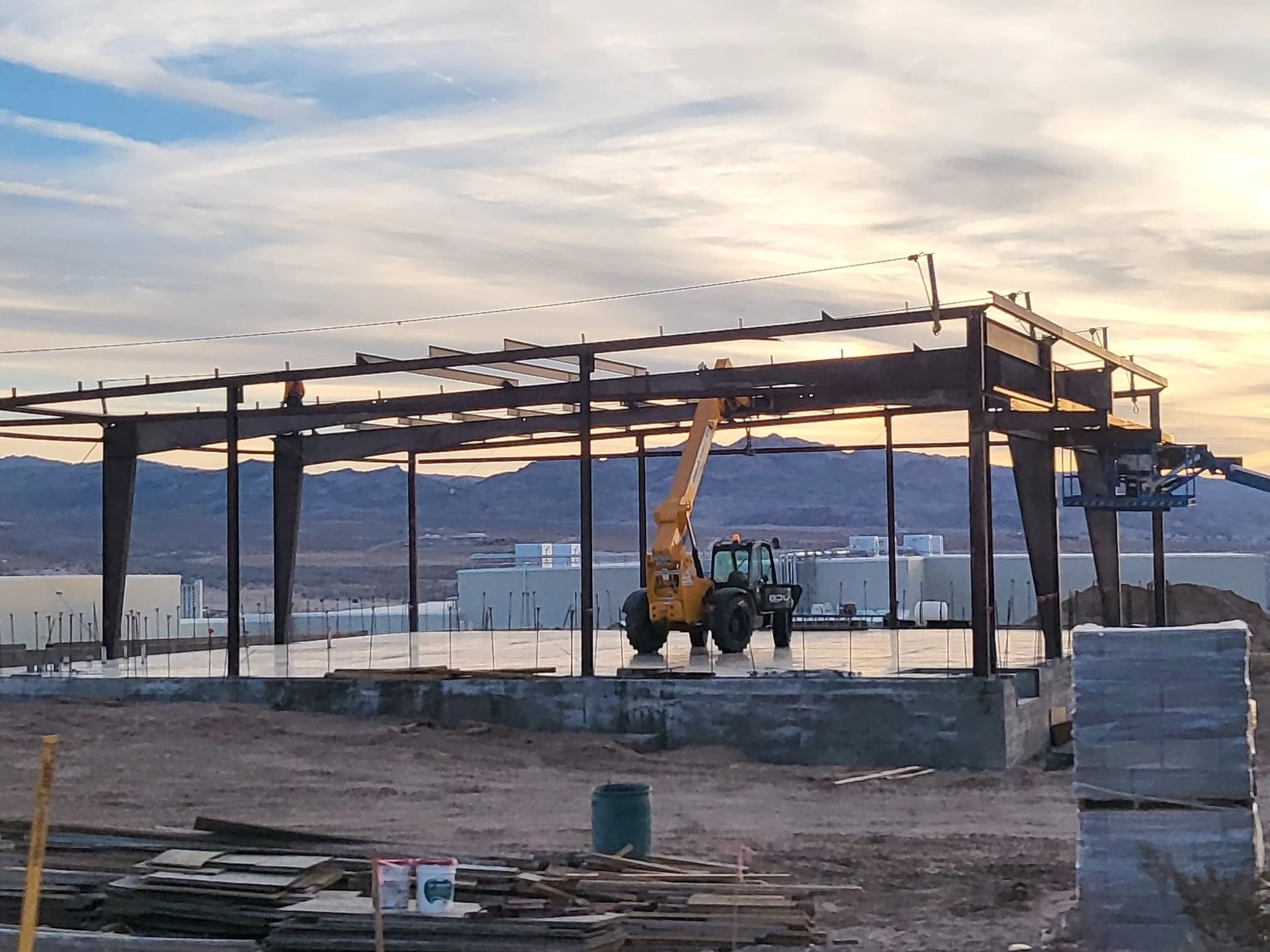- Afrikaans
- Albanian
- Amharic
- Arabic
- Armenian
- Azerbaijani
- Basque
- Belarusian
- Bengali
- Bosnian
- Bulgarian
- Catalan
- Cebuano
- Corsican
- Croatian
- Czech
- Danish
- Dutch
- English
- Esperanto
- Estonian
- Finnish
- French
- Frisian
- Galician
- Georgian
- German
- Greek
- Gujarati
- Haitian Creole
- hausa
- hawaiian
- Hebrew
- Hindi
- Miao
- Hungarian
- Icelandic
- igbo
- Indonesian
- irish
- Italian
- Japanese
- Javanese
- Kannada
- kazakh
- Khmer
- Rwandese
- Korean
- Kurdish
- Kyrgyz
- Lao
- Latin
- Latvian
- Lithuanian
- Luxembourgish
- Macedonian
- Malgashi
- Malay
- Malayalam
- Maltese
- Maori
- Marathi
- Mongolian
- Myanmar
- Nepali
- Norwegian
- Norwegian
- Occitan
- Pashto
- Persian
- Polish
- Portuguese
- Punjabi
- Romanian
- Russian
- Samoan
- Scottish Gaelic
- Serbian
- Sesotho
- Shona
- Sindhi
- Sinhala
- Slovak
- Slovenian
- Somali
- Spanish
- Sundanese
- Swahili
- Swedish
- Tagalog
- Tajik
- Tamil
- Tatar
- Telugu
- Thai
- Turkish
- Turkmen
- Ukrainian
- Urdu
- Uighur
- Uzbek
- Vietnamese
- Welsh
- Bantu
- Yiddish
- Yoruba
- Zulu
Aug . 14, 2024 06:02 Back to list
The Evolving Prices of Steel Office Buildings
In recent years, the construction industry has witnessed significant fluctuations in material costs, particularly in the realm of steel. As steel is a fundamental component in the construction of office buildings, understanding the impact of its price on overall project budgets is essential for developers, architects, and business owners alike. This article explores the factors contributing to the pricing of steel office buildings and how these trends affect the broader construction landscape.
Steel has long been favored in commercial construction due to its durability, structural integrity, and versatility. It allows for the creation of expansive spaces with fewer columns, which is particularly beneficial in office buildings where open floor plans are often preferred. However, the prices associated with steel, as well as their implications for office building constructions, have shown considerable volatility.
The Evolving Prices of Steel Office Buildings
Supply chain disruptions also play a critical role in steel pricing. The pandemic exposed vulnerabilities in global supply chains, leading to delays in production and shipping. When mills are unable to produce steel at full capacity due to labor shortages or operational challenges, the reduced supply naturally leads to price increases. Trade policies, tariffs, and geopolitical tensions can also affect the availability and cost of steel, making it a complex commodity to navigate in the construction sector.
steel office building prices
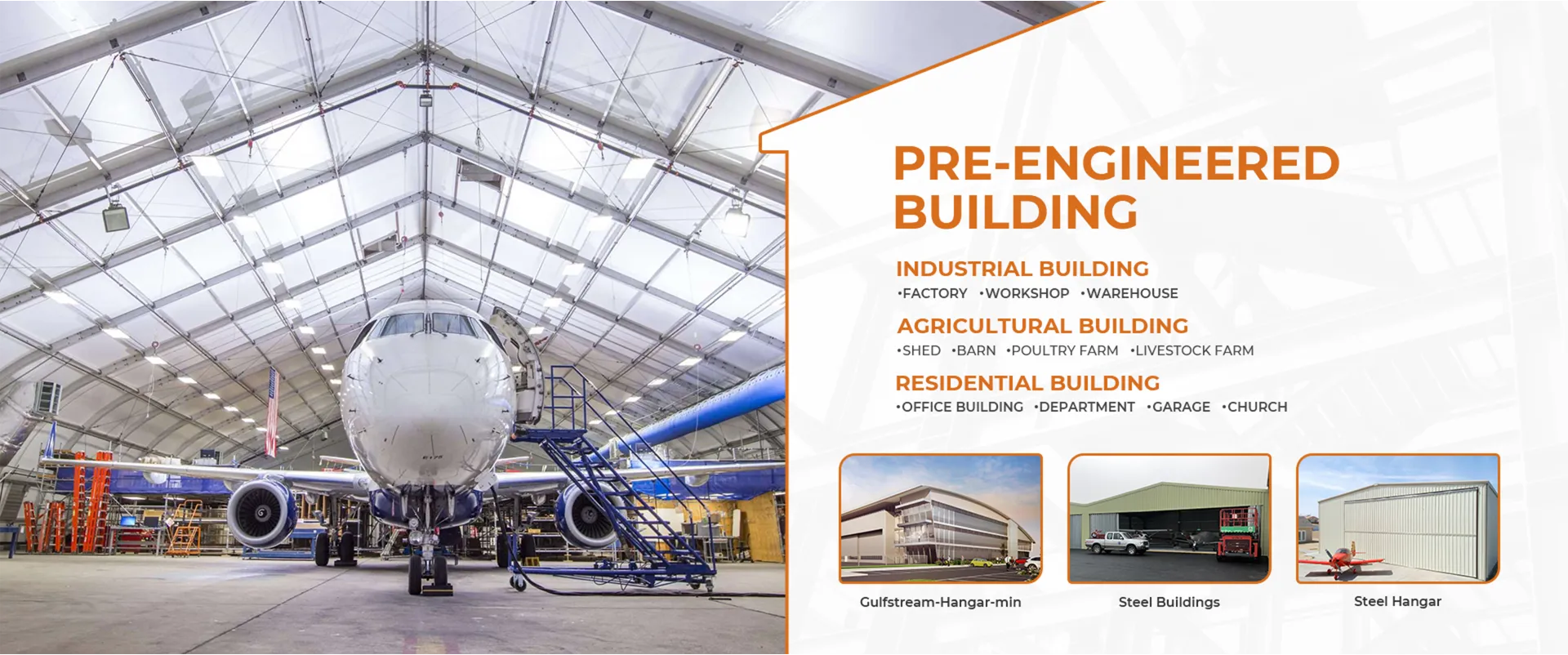
Another consideration is the rise of green building practices. Increasingly, developers are seeking sustainable materials and methods to reduce their environmental impact. Recycled steel, for instance, emerges as a more eco-friendly option, but its availability can be limited, affecting costs. The demand for sustainable practices can therefore create additional upward pressure on prices, as projects might incur higher expenses to align with eco-friendly standards.
The local economy's health and construction regulations also come into play. Regions with robust economic activity typically experience a competitive construction market, which can lead to increased labor costs and subsequently higher overall project prices. Regulatory requirements can further add to construction expenses, necessitating higher-quality materials or specific compliance measures, which can affect steel requirements.
When it comes to budgeting for steel office buildings, developers must account for these fluctuating prices. Fixed-price contracts can be risky in such a volatile market, prompting many to consider cost-plus contracts or alternative financing arrangements that allow for adjustments based on material price changes. Such strategies can help mitigate the financial risks associated with steel price fluctuations.
In conclusion, the prices of steel office buildings are influenced by a confluence of factors, including global demand, supply chain stability, and evolving construction practices. As the construction industry adapts to these changes, careful planning and strategic procurement will be vital for project success. By remaining attuned to market trends and potential disruptions, stakeholders can better navigate the complexities of building in a fluctuating economic environment. Understanding these dynamics is essential for making informed decisions in the ever-evolving landscape of commercial real estate development.
-
Navigating the World of Steel Building Services: Who to Choose?
NewsJun.23,2025
-
How Do Steel Frame and Prefab Building Factories Shape Modern Construction?
NewsJun.23,2025
-
How Do Steel and Metal Structures Shape Modern Industrial Spaces?
NewsJun.23,2025
-
How Do Prefab Buildings of Various Sizes Meet Modern Construction Needs?
NewsJun.23,2025
-
How Do Factory Buildings and Metal Structures Redefine Industrial Infrastructure?
NewsJun.23,2025
-
Exploring Key Aspects of Industrial Building Development: What You Need to Know?
NewsJun.23,2025
Products categories
Our Latest News
We have a professional design team and an excellent production and construction team.






